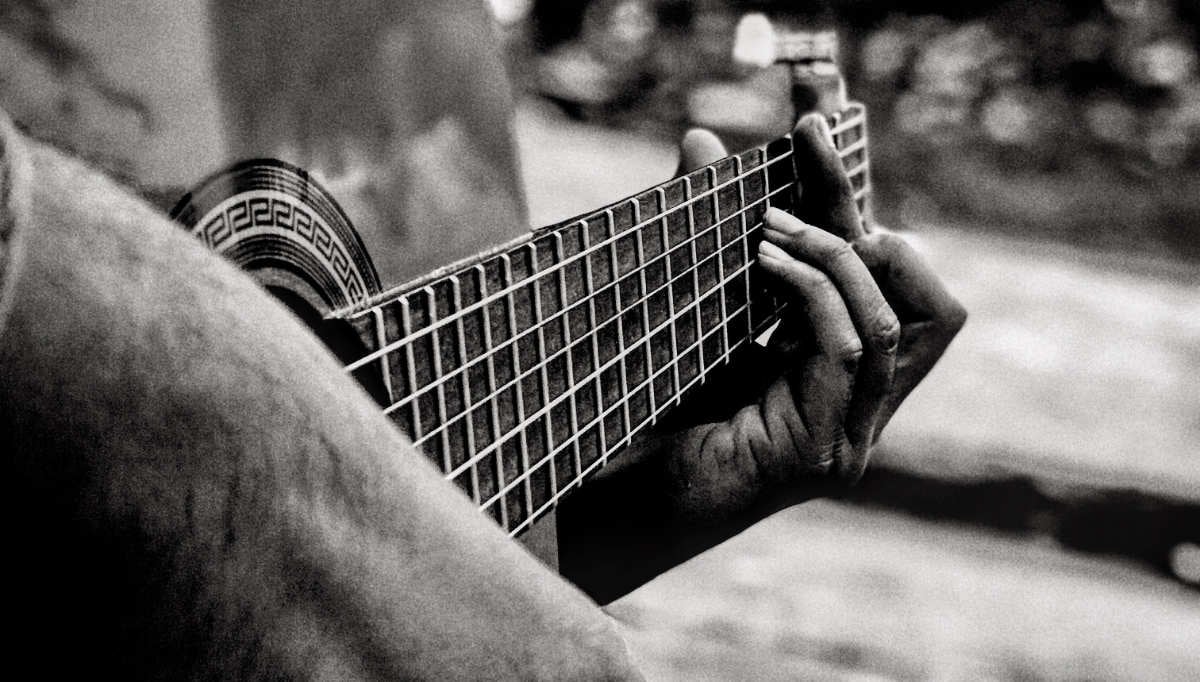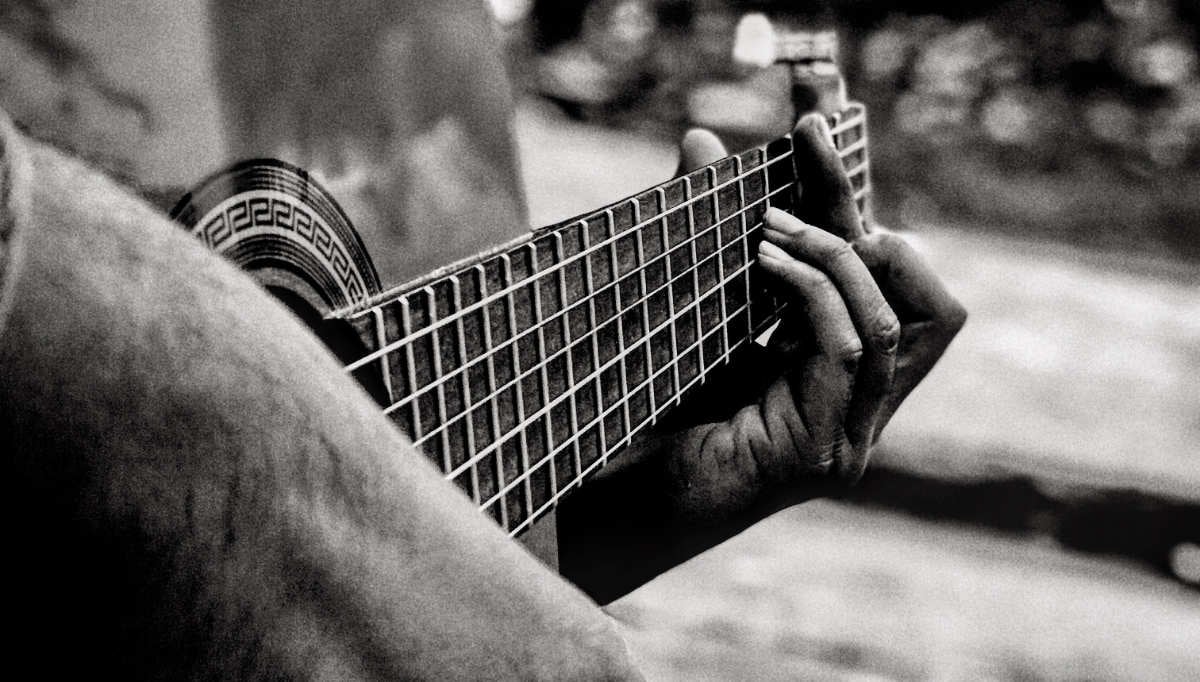How do you write instrumental music and repeat a phrase while keeping the music interesting? This is what we will explore in this article.
Introduction
I’ve been playing the guitar off and on since the 1990s, and then playing classical guitar seriously since 2009. I noticed early on that I can’t sing for anything. Basically, no one likes my voice. When it comes to making a joyful noise, the “noise” is qualified. Hence, once classical guitar was discovered, I was addicted to it and instrumental music. However, with that discovery, I realized that instrumental music can get boring rather quickly. So, how do you write instrumental music or play instrumental music and keep it interesting?

The Song That Never Ends
There is a song that never ends. It goes on and on, my friend… etc. Many songs in our day are highly repetitive. In pop music, hip-hop, rock, and metal, once you have a phrase or three, you pretty much have the music to the whole song. Then comes the arrangement. There’s a reason that this style of music is so “popular,” it works. The record companies have the formulas figured out. This is not to bash popular music but to say that this formula doesn’t necessarily work in instrumental music. To add a caveat to that, some instrumental pop music does work, but there’s a reason for that and it’s the same in classical or instrumental music: variation.
Variation, the Key to Repeat a Phrase
Variation is the key to keeping the music interesting. Even if the music is the same, as in the case of most pop music, varying the arrangement can keep the listener’s attention, and in this day and age, a listener’s attention can be measured in Nano seconds. So how do we as instrumentalists keep our compositions and pieces interesting? There are several approaches and these can be combined and changed as needed. This is not an exhaustive list but can include: Motifs, Tone and color, dynamics, and arrangement.
Motifs help Repeat a Phrase
A Motif is “a single or repeated design or pattern.” (https://www.merriam-webster.com/dictionary/motif) It could be a short melody that is repeated and varied within a phrase. I have a piece, “Mourning for the Garden” (see Daniel Nistico playing this piece), that has a seven-note motif that’s repeated all over the fretboard within different chords that create a musical landscape that is still connected to the piece.
The music itself doesn’t change “direction”, but flows, sort of like a river with bends and twists and turns. A Motif is more a pattern of notes than a repeating of notes. Or maybe better put, a pattern of intervals playing the same rhythm rather than a repeating of the same notes. Okay, I probably need to write a post on Motifs.
Tone and Color
Tone and Color are the ones that many guitarists have forgotten these days. As you play your phrase you can vary your sound by changing your hand position. Rotating the hand slightly forward can bring in a “thinner” sound as well as moving the right-hand position closer to the bridge. You hear this a lot in classical guitar music. It’s not my favorite sound on the guitar but if used wisely, it can vary the sound of your phrase.
Conversely, rotating the hand to have a more “flesh-on” approach (as the flesh of the finger connects with the string before the nail does) will give your sound a more mellow tone. You can also play closer to the fretboard for this type of sound. Each of these will affect the sound being produced by the guitar in different ways. Experiment to see what sounds interesting to you.
Dynamics
In the same way, Dynamics can vary your sound. You can play the phrase through the first time at a normal volume and the second time at a slightly quieter volume or even change the volume as you move through the phrase. While many times, in music, the highest note receives the loudest volume, this can be varied to express what the music is trying to say.
Arrangement Helps Repeat a Phrase
As in many pop songs, the arrangement is another element that keeps the listener engaged in the music. Many phases in classical and instrumental music are only repeated two to three times if that. Changing the arrangement can help the listener track with you.
There could be a short pause in a phrase, or you could play the same melody again with an arpeggio added, or the melody in the bass, or even double-stops in the melody as it is played the second time through. There are so many variations that keep music, especially instrumental music, interesting.
Conclusion
All of this can convey emotion. Sometimes it can leave us feeling a bit flat. Music is spiritual and emotional. I may want you to feel the joy and excitement of what the piece was written about. I may want you to feel the heaviness of an unhappy occasion. The trick to this is to tell the story that the music is trying to convey with the tools that we have that take our listeners on the spiritual journey or to tell that emotional story.




Comments ()